Croatia
Croatia is a unitary state composed of municipalities, towns and cities (grad), and counties (županija).
CEMR in Croatia – Croatian County Association (www.hrvzz.hr)










Local governments
Municipalities in Croatia are units of local self-government with less than 10,000 inhabitants. Towns are units of local self-government with more than 10,000 inhabitants and cities are units of local self-government with more than 35,000 inhabitants.
Municipalities
Municipalities in Croatia are units of local self-government with less than 10,000 inhabitants.
The municipal council (općinsko vijeće) is the municipality's representative body. Members of the municipal council are elected by direct universal suffrage for a period of four years.
The municipal mayor (načelnik) is the municipality's executive body. He/she notably directs the activities of the administrative bodies and ensures that existing legislation is enforced.
-
- Localities and housing
- Regional and town planning
- Child care
- Social welfare
- Primary health care
- Education
- Culture
- Sports
- Consumer protection
- Fire prevention
- Civil protection
- Regional traffic









Intermediary governments
The town/city assembly (gradska skupština) is the town/city representative body. Members of the town/city assembly are elected by direct universal suffrage for a period of four years.
The mayor (gradonačelnik) is the town/city's executive body. He/she notably directs the activities of the administrative bodies that ensure that existing legislation and laws are enforced.
The City of Zagreb, the capital of Croatia, has the status of both a city and a county, which means its competencies are those of both local and regional authorities.
-
- Maintenance of public roads
- Building and renting permits
Regional governments
There are a total of 21 counties, including the city of Zagreb, which doubles as a county and as a city.
Counties are the primary territorial subdivision of Croatia. These regional self-governing units have a large degree of autonomy. Croatia is currently undergoing a process of decentralisation of power from the national state to the regional tier. Thus, many administrative tasks are gradually being devolved to the counties.
The county assembly (županijska skupština) is the county's representative body. The assembly is made up of members elected by direct universal suffrage for a four-year term. The county assembly elects the county's executive leadership and decides on the yearly budget.
The county prefect (župan) is the county's executive head. He/she represents the county in external affairs and presides over its executive government.
-
- Education
- Health services
- Regional and urban planning
- Economic development
- Traffic and traffic infrastructure
- Maintenance of public roads
